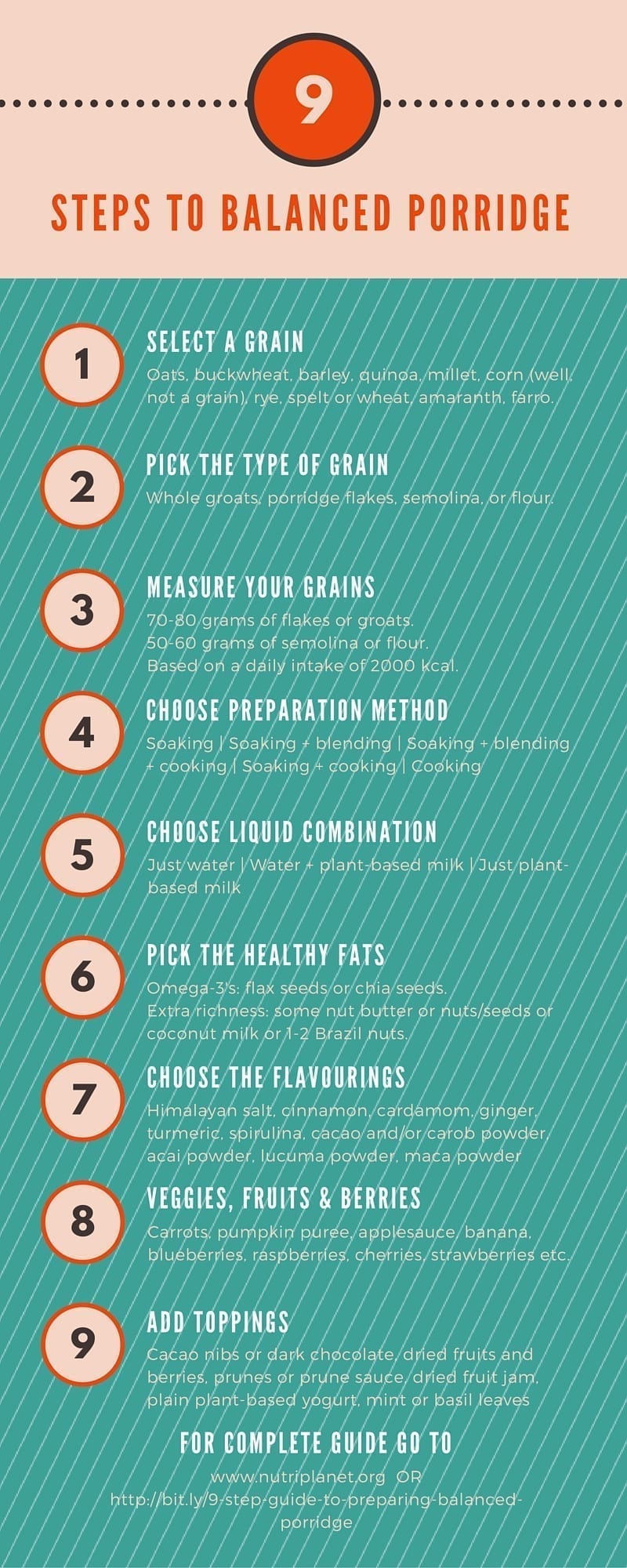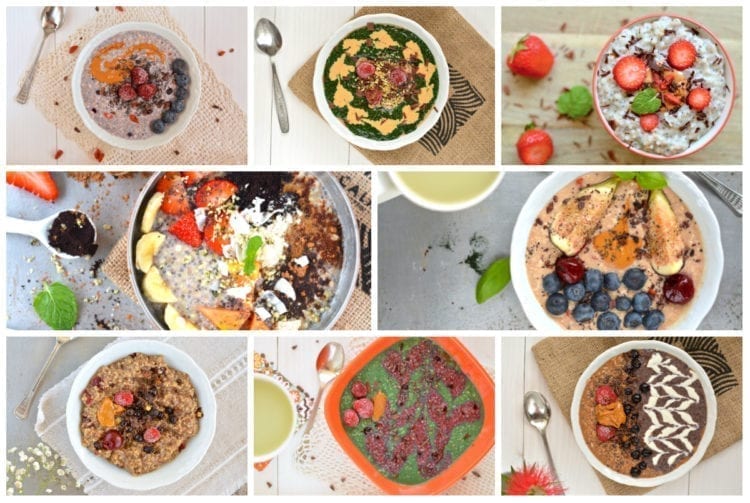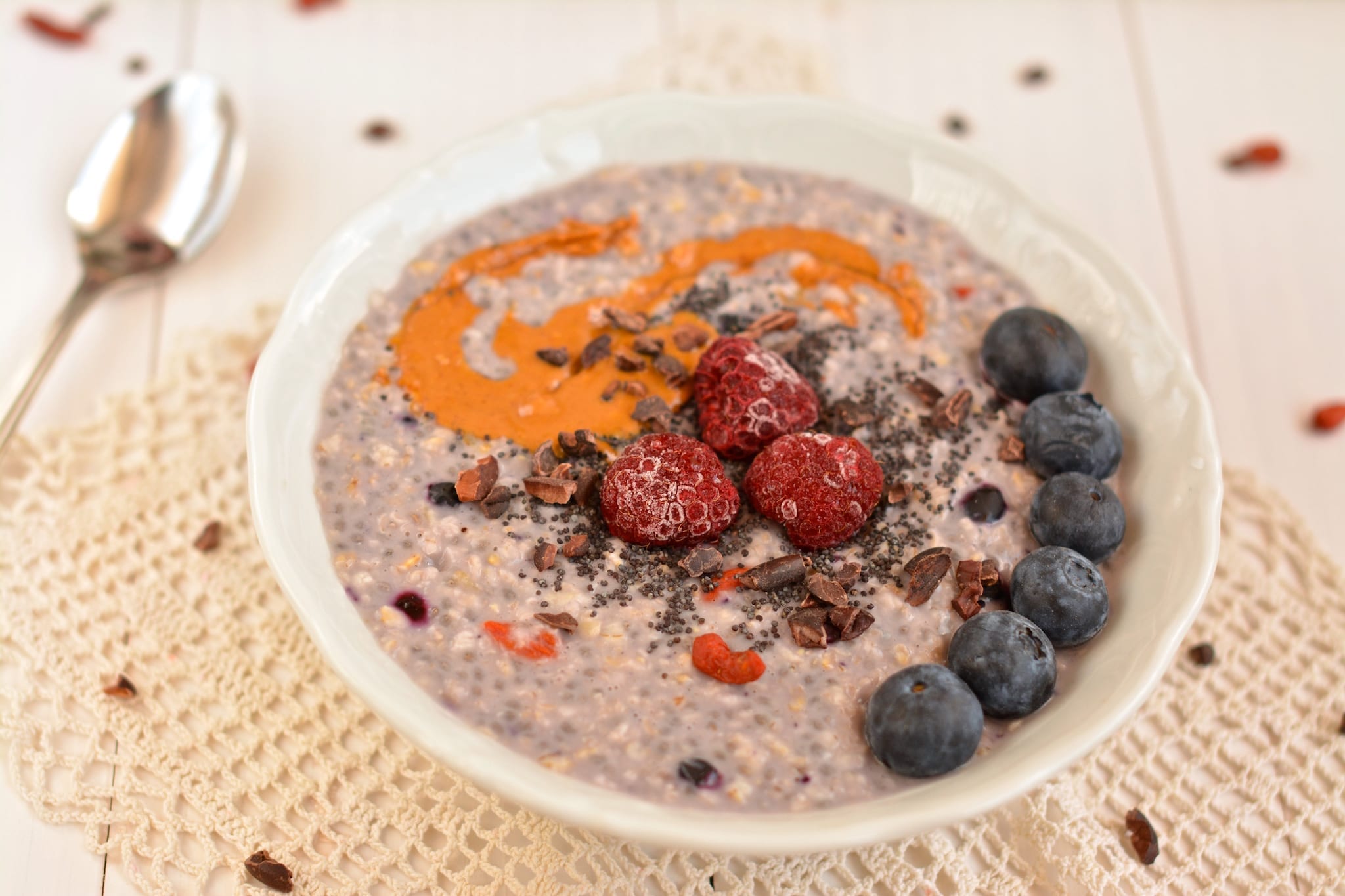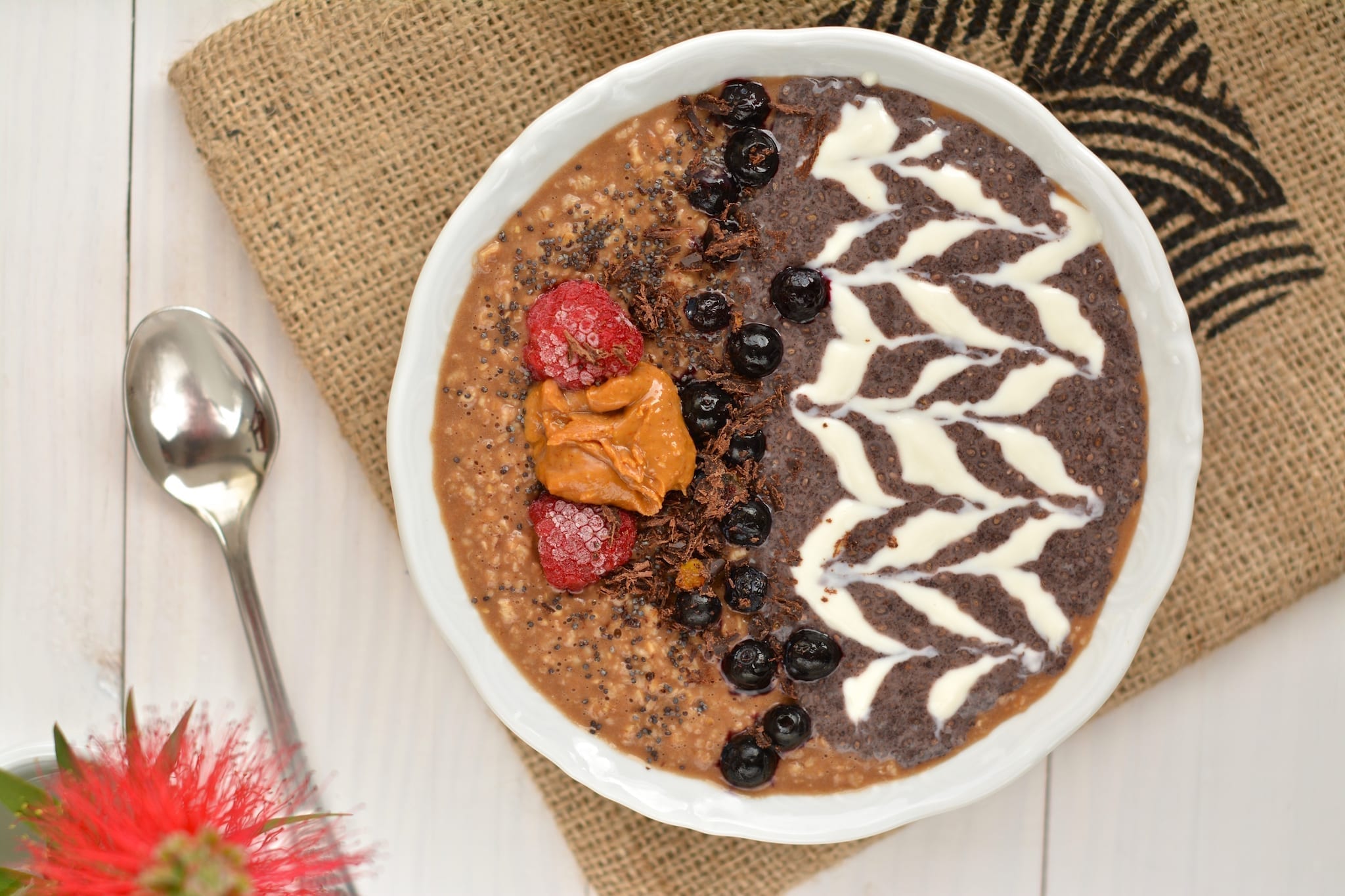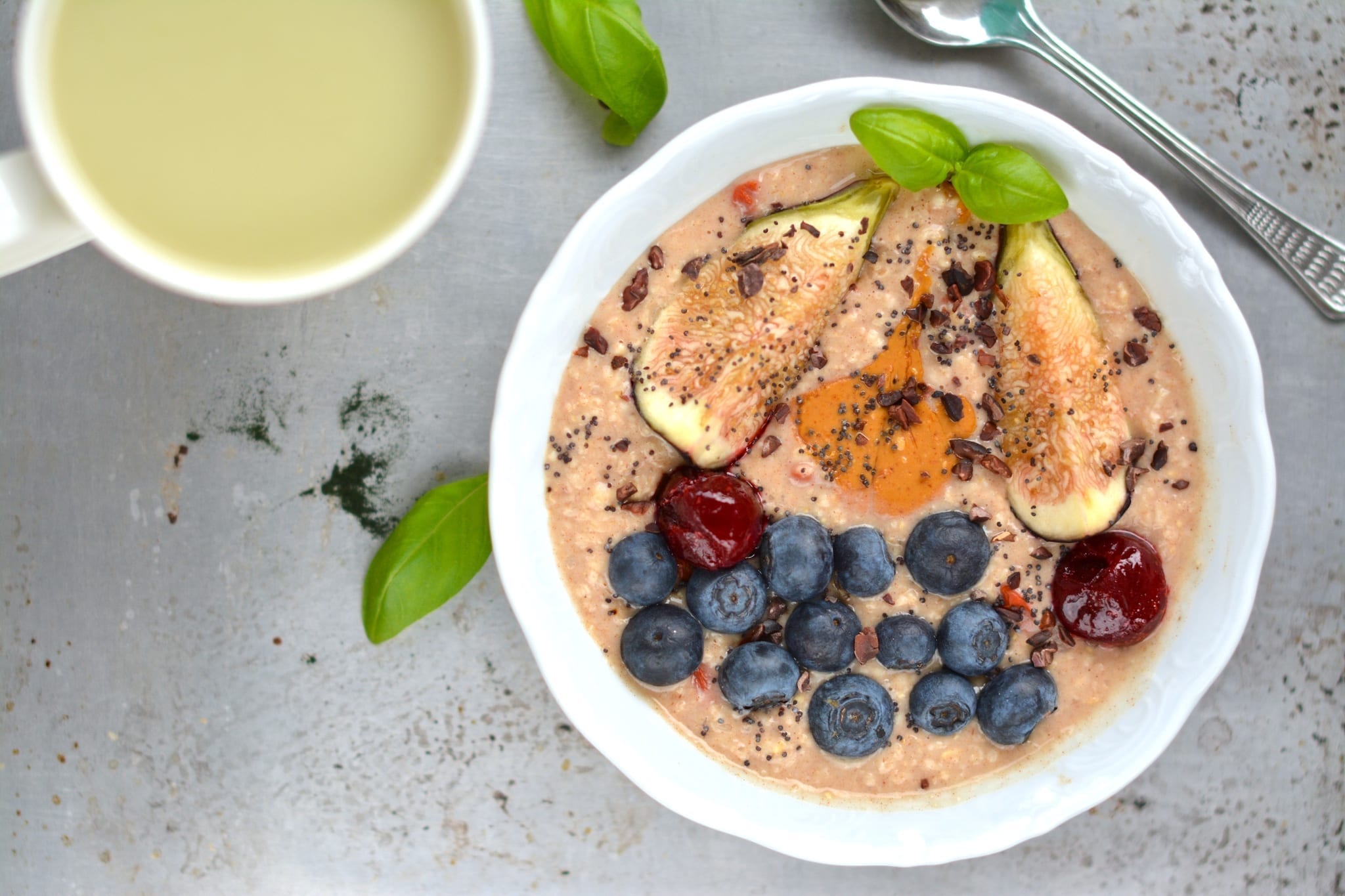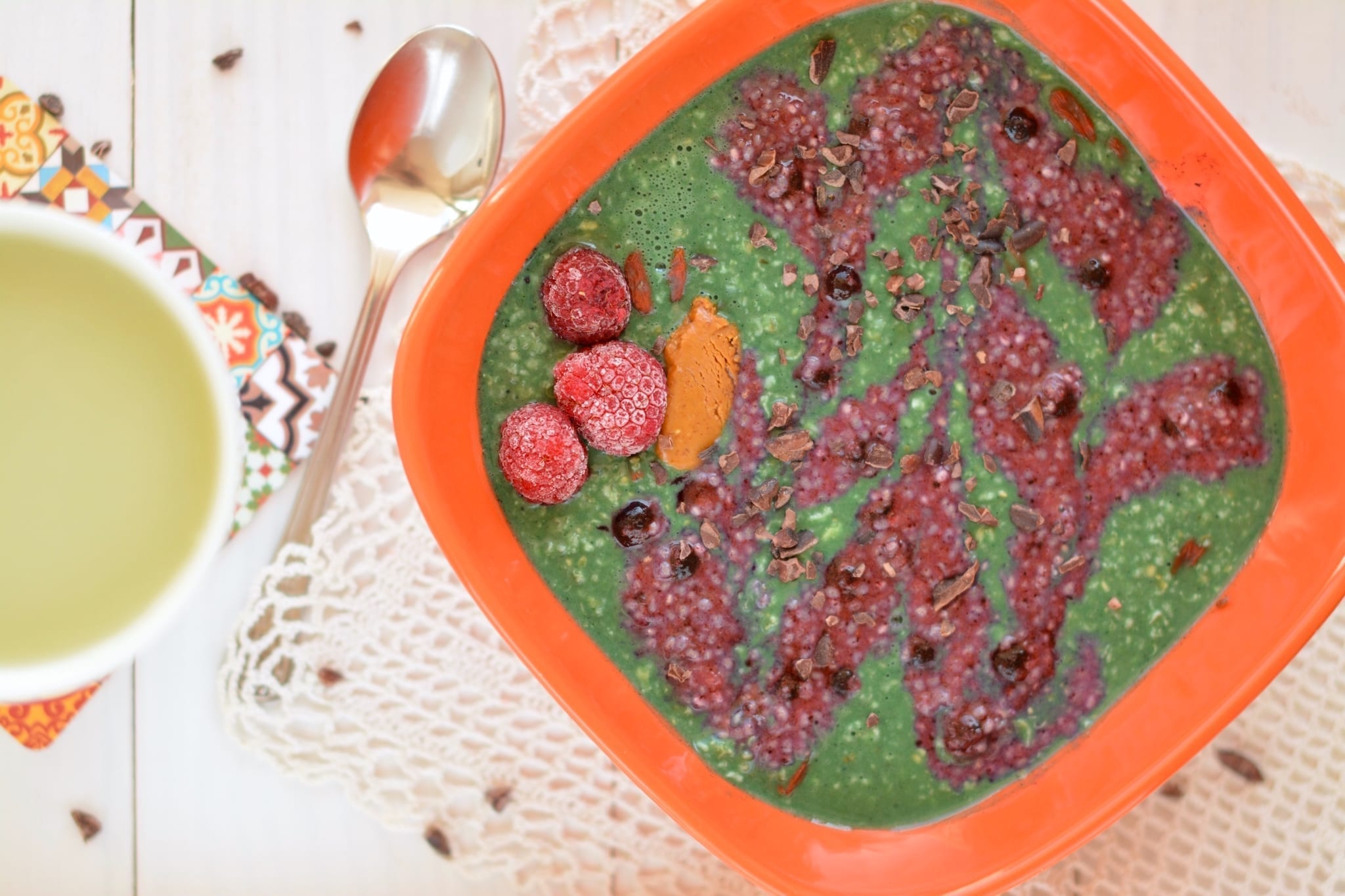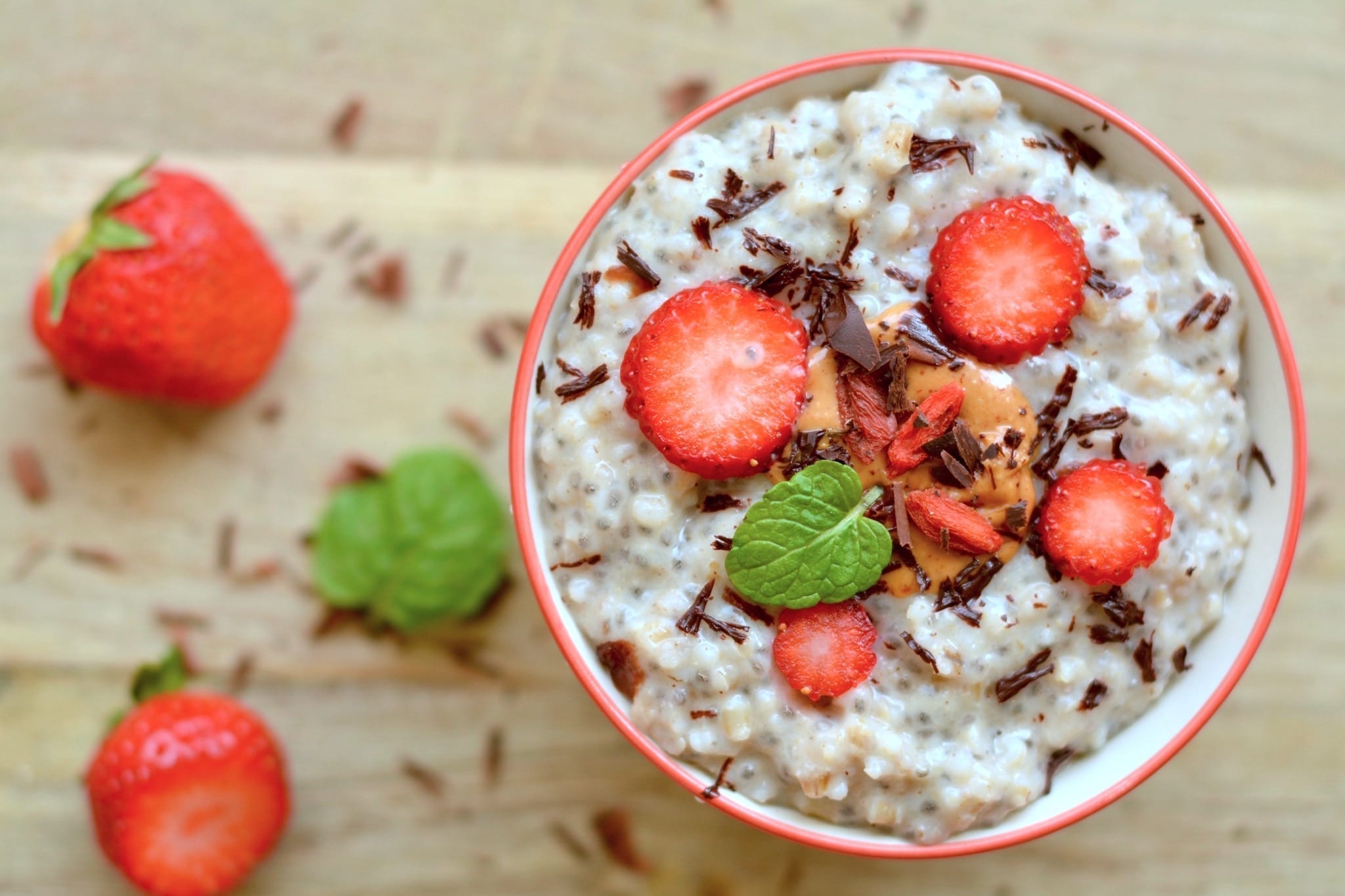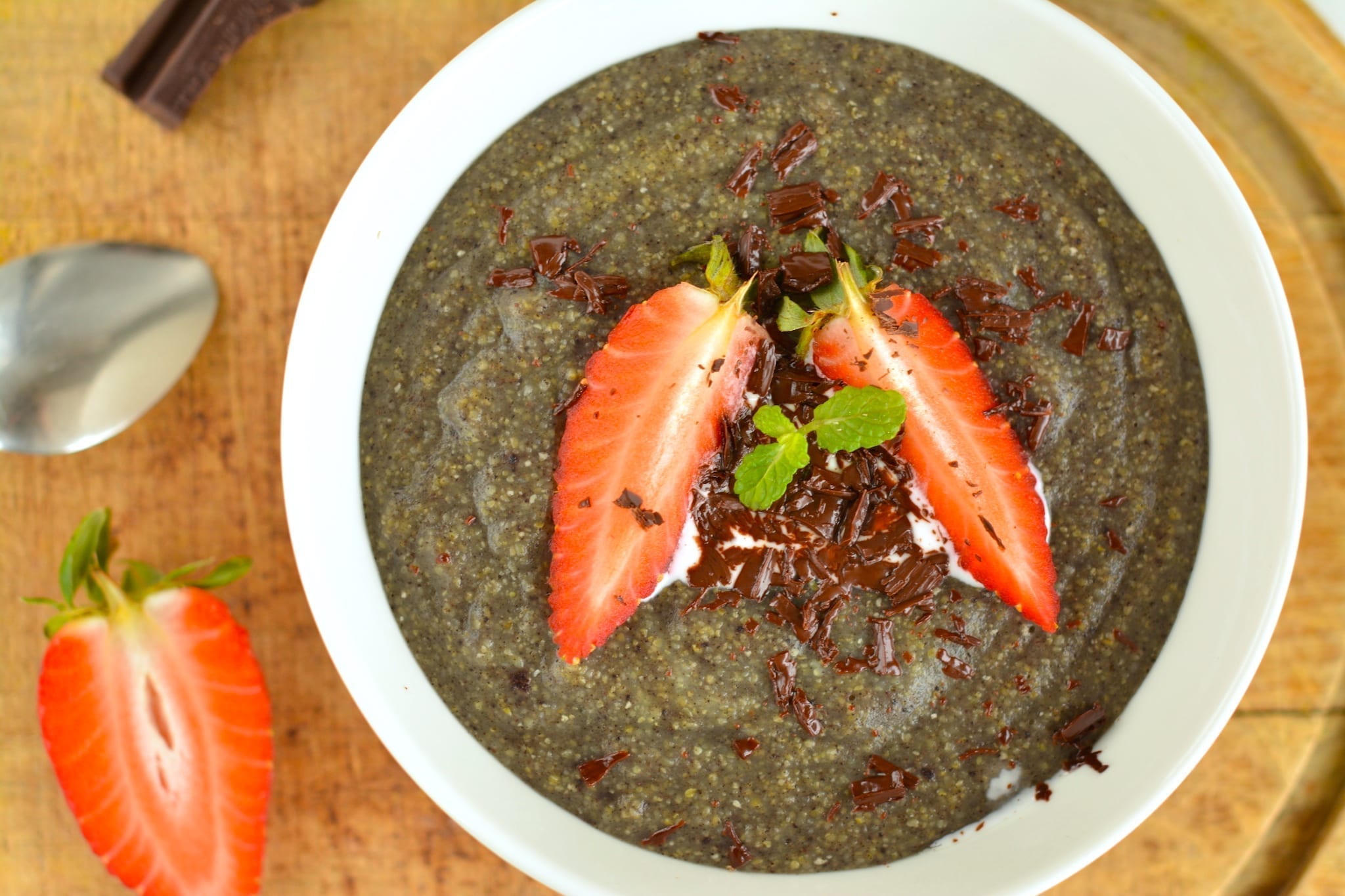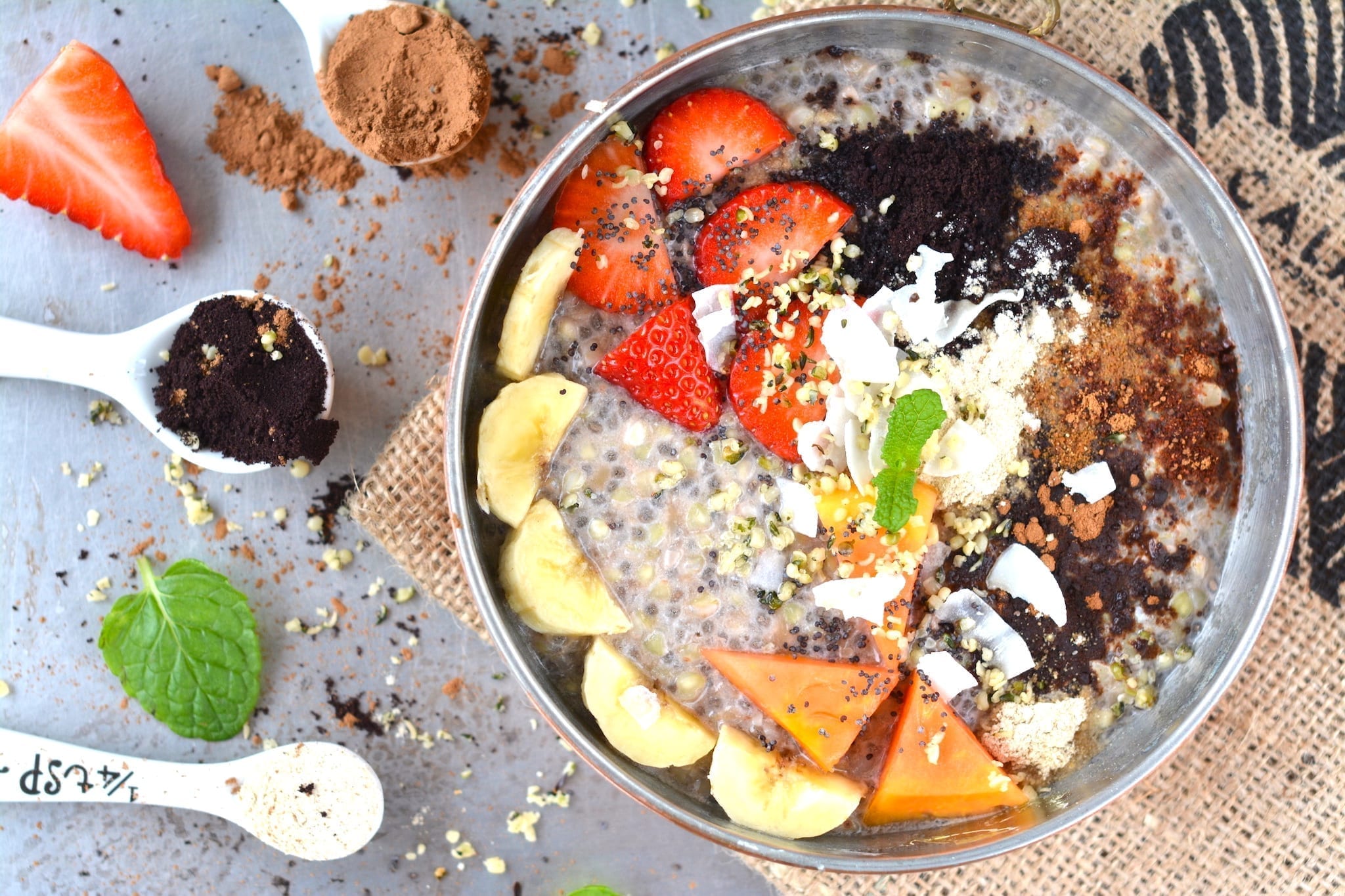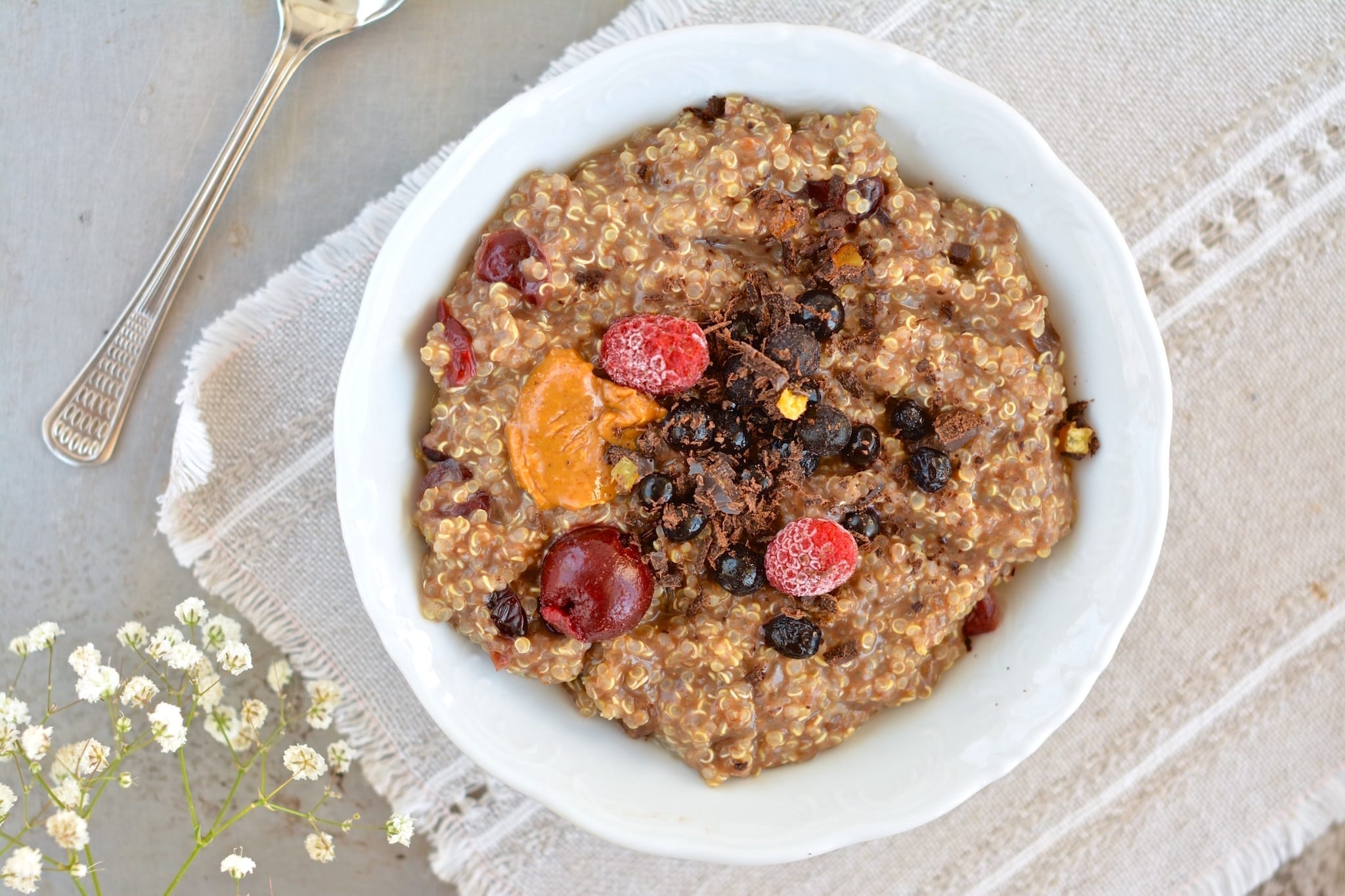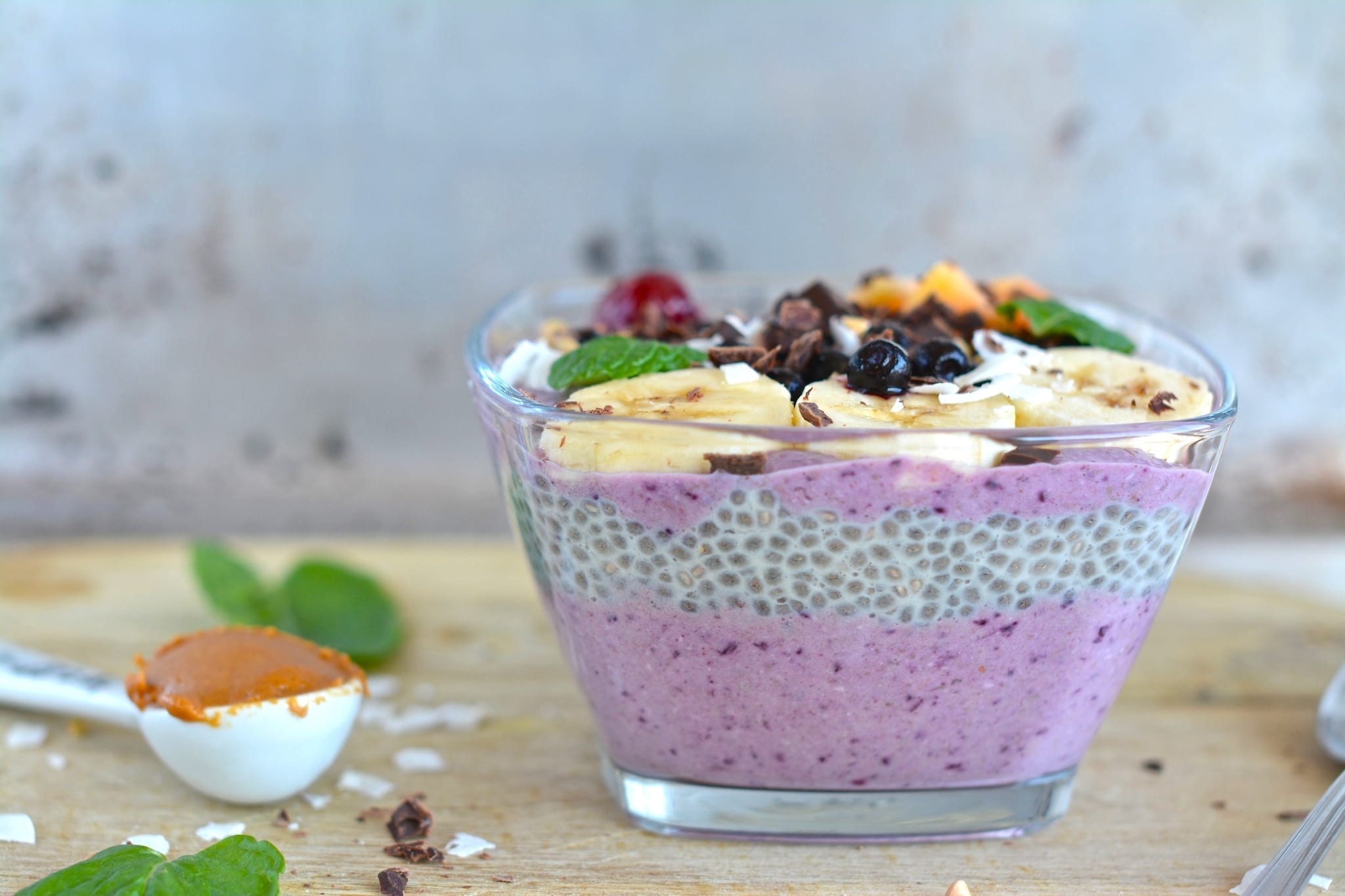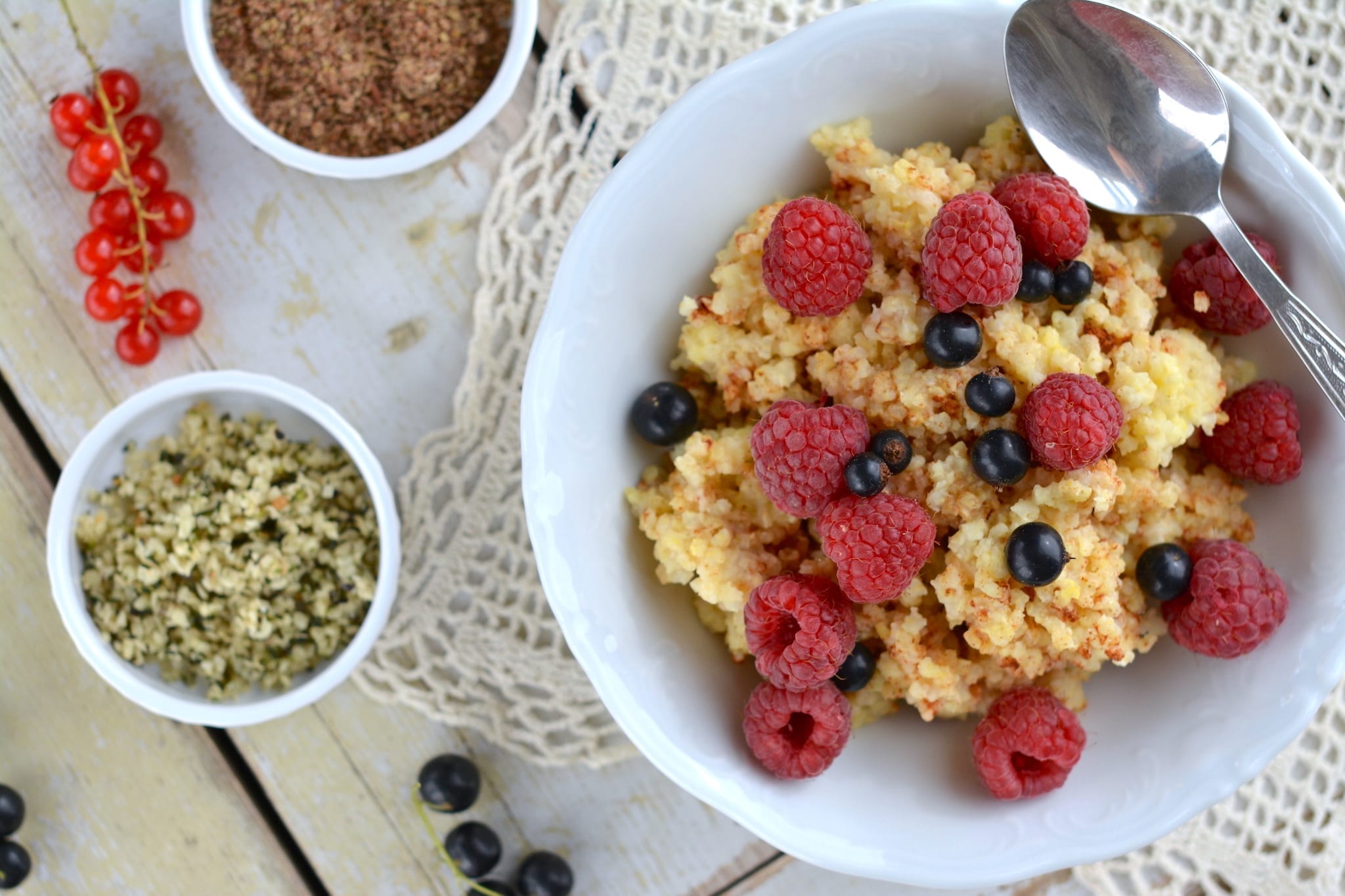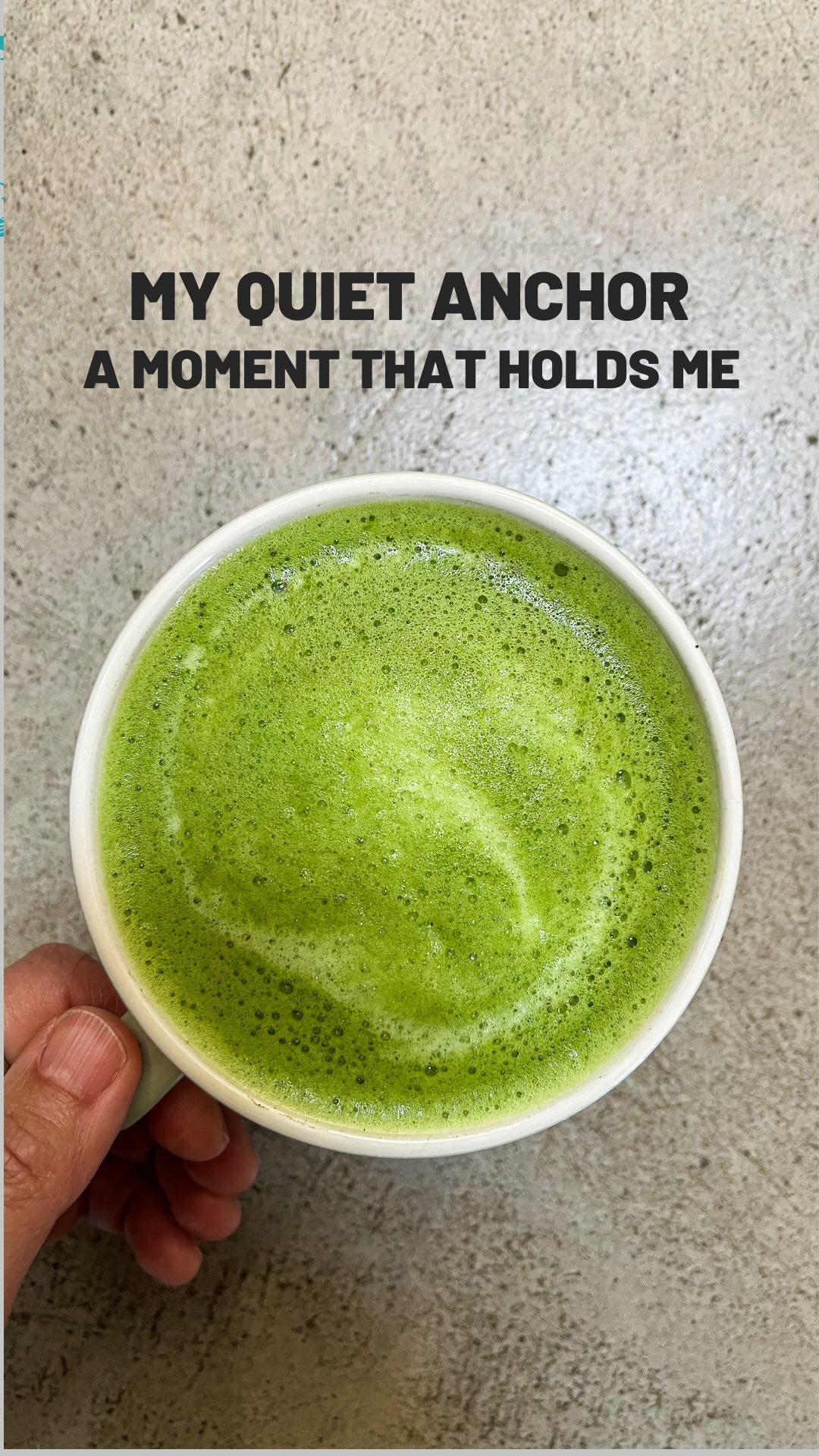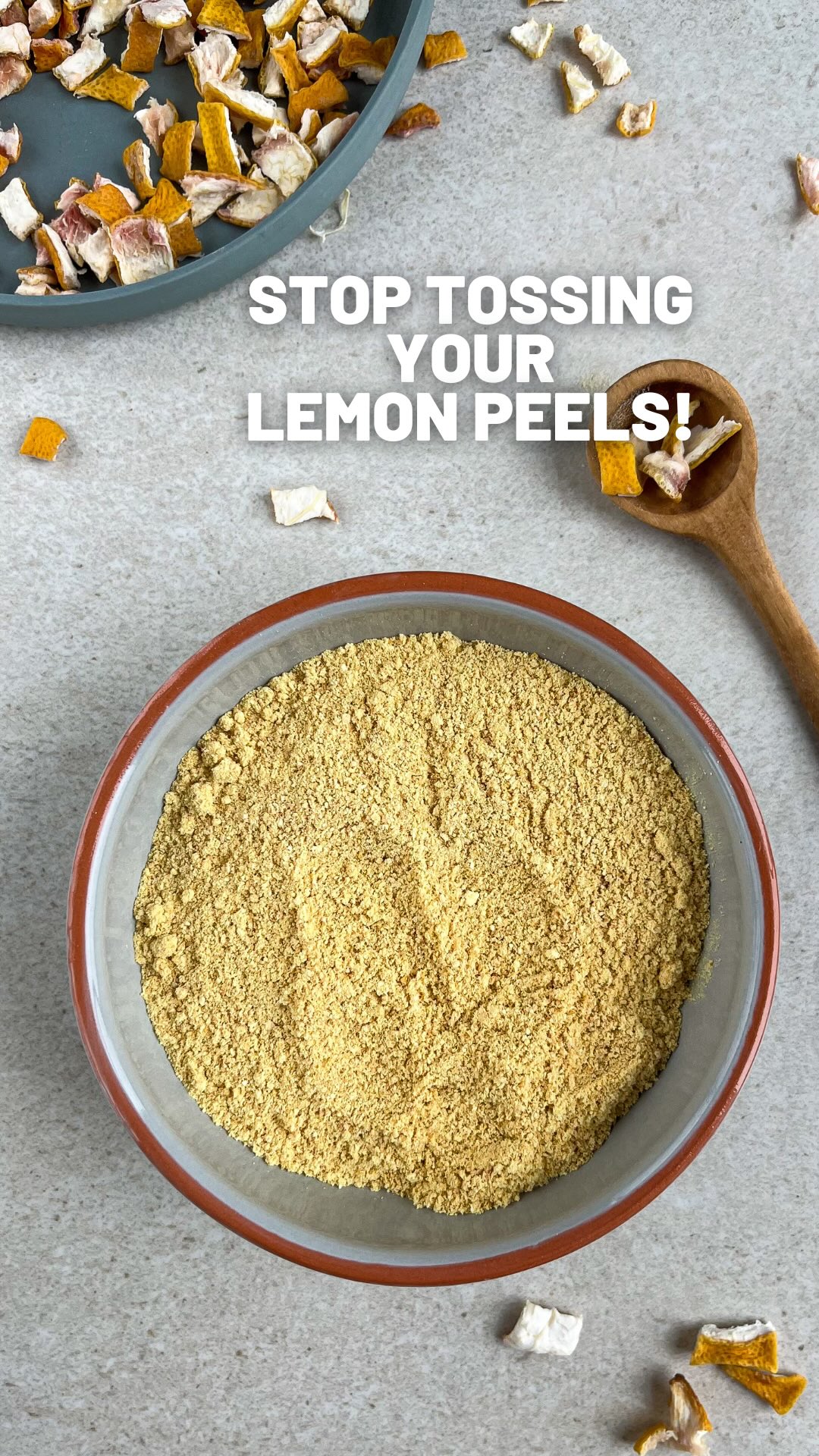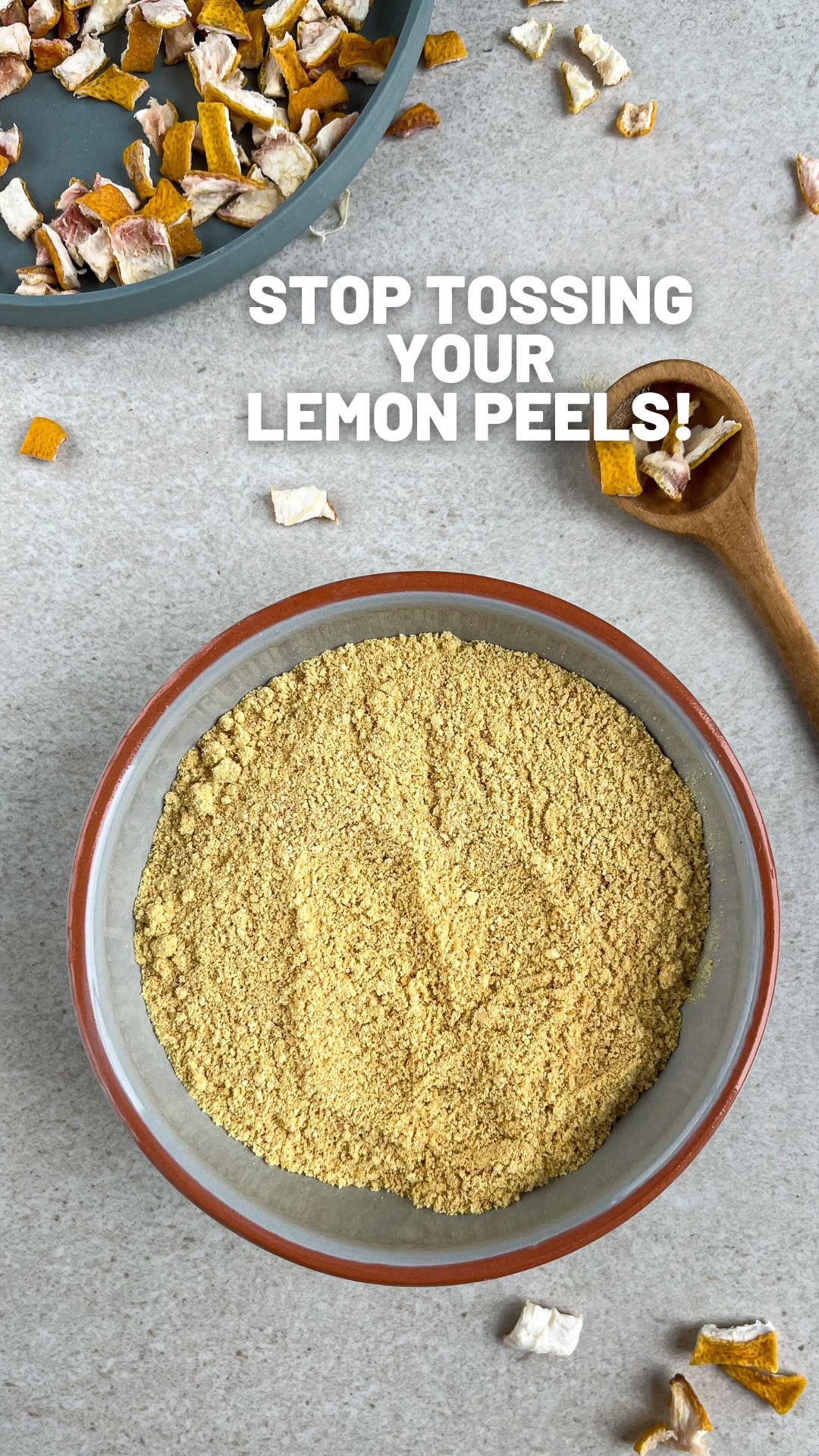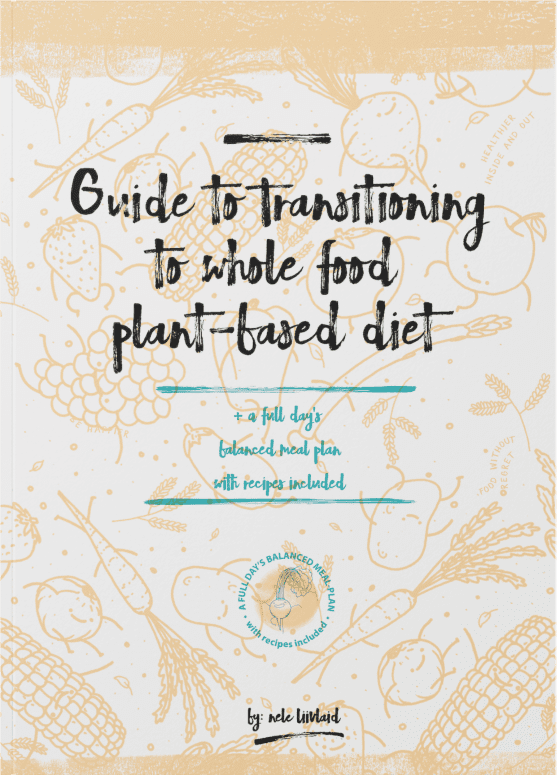I think almost everyone has been told in childhood to eat his or her porridge. And it’s a good advice indeed – porridge is a highly nutritious food when combined and prepared correctly. In case you wonder, porridge can actually do harm if it’s made of refined grains and loaded with sugar, cow’s milk, and/or butter.
It’s equally easy to overload your porridge with natural sugars by adding too much sweet fruits and/or dried fruits. People having trouble with blood sugar fluctuation should be extra careful as having a meal with high glycemic load would rise blood sugar too quickly and too high. Consequently, a fast drop in blood sugar levels follows, causing irritability, difficulties in concentration, a sudden surge of tiredness, fogginess, weakness and cravings for something sweet or another cup of coffee. Read more about glycemic index and load.
I’m sure you’ve often wondered which porridge to have, what to flavour it with, how much grains you should use, and why you sometimes (or always) feel bloated after having your delicious porridge. Follow these 9 steps and it’ll be super easy to prepare your next whole food plant-based porridge.
Step-by-step guide to preparing balanced porridge
1. Select a grain
- Oats
- Buckwheat
- Barley
- Quinoa
- Millet
- Corn (well, not a grain)
- Rye
- Spelt
- Wheat
- Amaranth
- Farro
- Rice
Note:
Always choose whole grains.
2. Pick the type of grains
- Whole groats
- Bran (oat bran, rice bran)
- Porridge flakes
- Semolina
- Flour
- Other (steel cut oats, oatmeal, rolled oats)
3. Measure your grains
- 70-80 grams of flakes or groats*
- 50-60 grams of semolina or flour*
*based on a daily intake of 2000 kcal.
Note:
Whenever I’m not very hungry or wish to have some slices of bread or a muffin with my afternoon tea or coffee I prepare my porridge with about 40-50 grams of flakes/groats or 25-30 grams of semolina.
4. Choose preparation method
- Soaking (rolled oats, jumbo oats, fine oatmeal)
- Soaking + blending (raw buckwheat)
- Soaking + blending + cooking (raw buckwheat, quinoa, millet, and barley groats)
- Soaking + cooking (bran, oat groats, buckwheat, barley groats, millet, quinoa, rice)
- Cooking (bran, steel cut oats, coarse oatmeal, all flakes, semolinas and flours)
Read my post 5 Ways to Prepare Nutritious Porridge to learn about each method.
5. Choose liquid combination
Depending on how hearty you want your porridge to be, use the following combinations:
- Water
- Water + plant-based milk
- Plant-based milk
The quantity depends on the desired consistency – if you like your porridge more liquid add more water or milk and vice versa.
Tip:
When choosing plant-based milk, go for natural unsweetened or agave sweetened option with algae based calcium supplement (should you opt for added calcium).
If you like your milk sweet, it’s better to buy naturally sweet ones, i.e. oat or rice milk. However, don’t overdo with rice milk. Read my personal experience about rice and arsenic.
6. Pick the healthy fats
For your daily omega-3 intake add:
- 1 tbsp. of ground flax seeds or…
- 1 tbsp. chia seeds soaked in plant-based milk
For extra richness add:
- 1 tsp. of unsweetened nut butter (tahini, peanut butter, almond butter, sunflower seed butter etc.) or…
- 1 tbsp. (or less) of nuts or seeds (cashews, almonds, sunflower seeds, pumpkin seeds, ground sesame seeds, walnuts, shredded coconut, poppy seeds etc.) or…
- 2 tbsps. of coconut milk or…
- 1-2 Brazil nuts for your daily selenium intake
UPDATE: If you have sensitive digestion choose peanuts or chestnuts that are actually starches, as grains and nuts/seeds don’t go well together according to right food combining.
7. Choose the flavourings
Depending on your taste and liking there is a range of spices you can pick from and combine:
- Himalayan salt
- Cinnamon
- Cardamom
- Clove
- Ginger powder
- Turmeric (½ tsp. or less as the flavour gets too strong)
- Spirulina (½ tsp. or less as the flavour gets too strong)
- Cacao powder and/or carob powder
- Acai powder
- Lucuma powder
- Maca powder
- Mesquite
8. Colour it up with veggies, fruits and/or berries
If you have a really sensitive digestive system, it is best to opt for vegetables only as fruits require a lot less time to digest than grains and so they’d sit in your stomach and ferment. It will give you an uncomfortable bloated feeling. Have your fruits at least half an hour before if this is the case. Should your digestion be a bit less sensitive you can try with berries that are not so sweet (blueberries, strawberries). Read more about right food combining.
Options to choose from (for more sensitive bellies):
- Grated carrot or pumpkin puree goes well with cardamom, cinnamon and ginger creating a carrot cake or pumpkin pie flavour.
- Sweet potato puree
- Applesauce
- Banana
- Blueberries
- Strawberries
- Raspberries
- Cherries
Should your digestion be up for it, go ahead and add sweet fruits as well. I wouldn’t use melons or watermelons though as these foods decompose very quickly in the stomach and are almost sure to cause trouble if eaten with other foods.
9. Give the final touch with toppings
- Cacao nibs or dark chocolate
- Goji berries or other dried fruits and berries
- Prunes or prune sauce (blended soaked prunes)
- Dried fruit jam (soaked and blended dried fruits)
- Plain unsweetened plant-based yogurt
- Mint or basil leaves
Notes for those struggling with blood sugar fluctuation:
- Definitely eat your porridge after it has cooled down as the starches in grains will become resistant and won’t wreak havoc on your blood sugar levels.
- Don’t use more than half a banana.
- Don’t add any dried fruits if you decide to use banana.
- Use dried fruits only as garnish.
- Prefer water to boil your grains or soak your oats in and only add a bit of plant-based milk to make it creamier unless you use naturally not sweet and unsweetened milks like soy milk, nut milks (except cashew milk), hemp milk, quinoa milk, millet milk, amaranth milk. I’m just not sure you can find unsweetened versions of all of those milks. Soy should be doable. Oat and rice milk are naturally quite sweet and therefore also have higher glycemic load.
UPDATE: If you have sensitive digestion don’t eat dried fruits with your porridge.
Take the best out of your morning delight!
And finally, here’s an easily shareable infograph for you:
